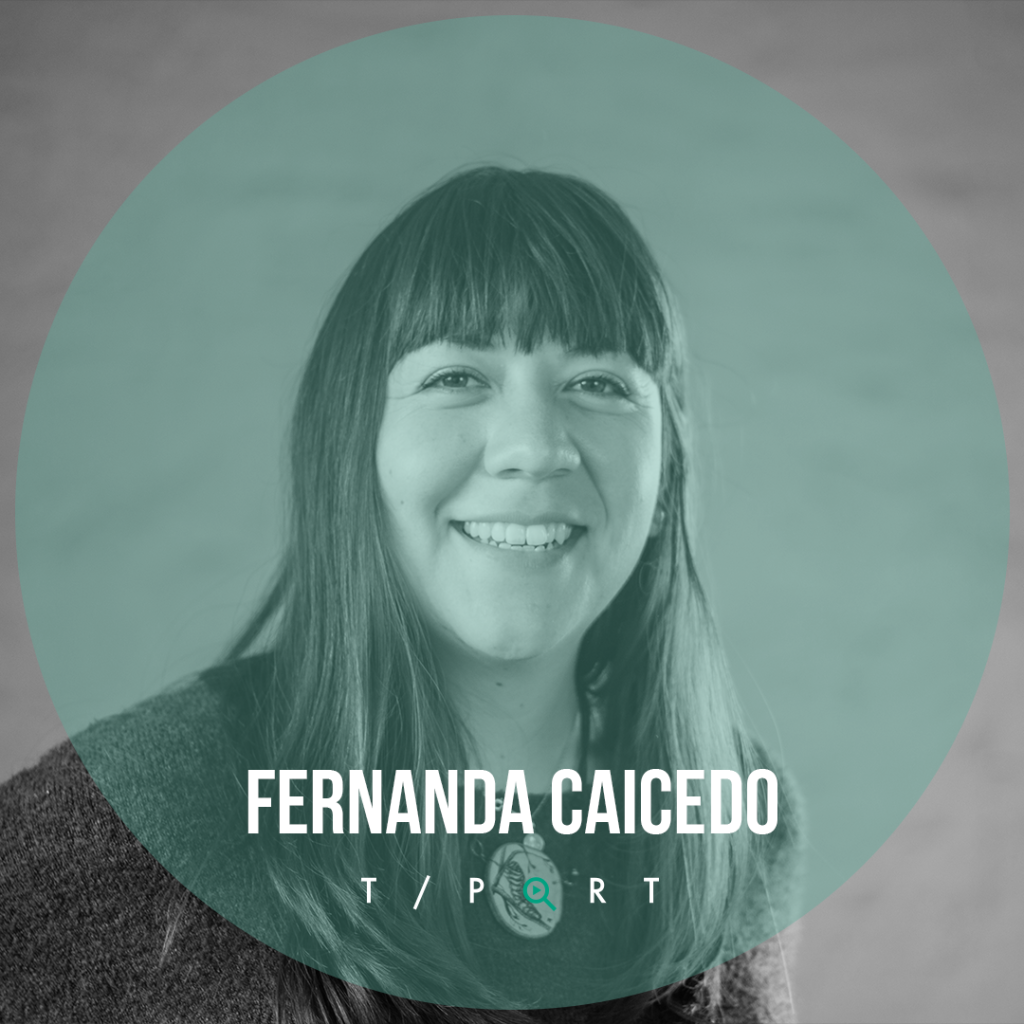 Stop-motion animator Fernanda Caicedo learned about her Grandmother’s death when she was far away from her Ecuadorian family, while studying in Germany. The grief and distance spurred her to explore her own fear of death through her art.
Stop-motion animator Fernanda Caicedo learned about her Grandmother’s death when she was far away from her Ecuadorian family, while studying in Germany. The grief and distance spurred her to explore her own fear of death through her art.
The result is WIND WHISPERER, a film appearing on T-Port through our partner Bauhaus Universität.
In this inspiring interview, Fernanda shares more about her process, what she learned from the act of stop motion animating, alone, in a new place, during lockdown, and how the process has made her less afraid about the bigger issues.
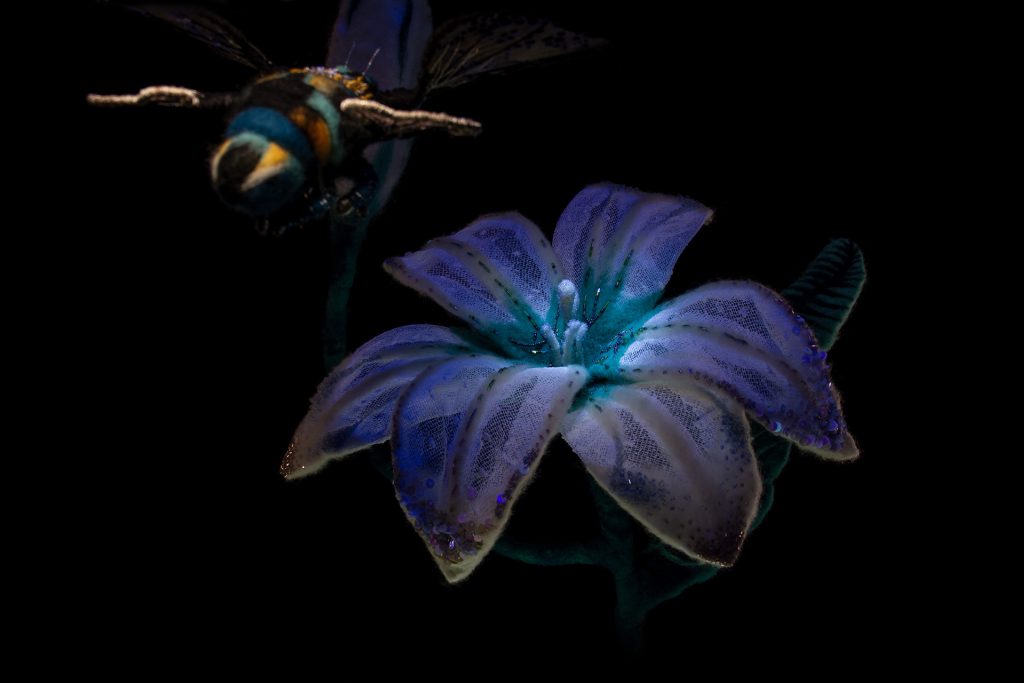
Hi Fernanda – Tell us something about yourself!
Hola 🙂 I am an Ecuadorian filmmaker currently based in Germany. I have made stop motion animations pretty much since I started my studies at the Bauhaus University in Weimar and I think I became a filmmaker (and specifically a stop motion animator) because through manual labour and the manipulation of organic materials and textiles I have found a healthy and playful space for expression.
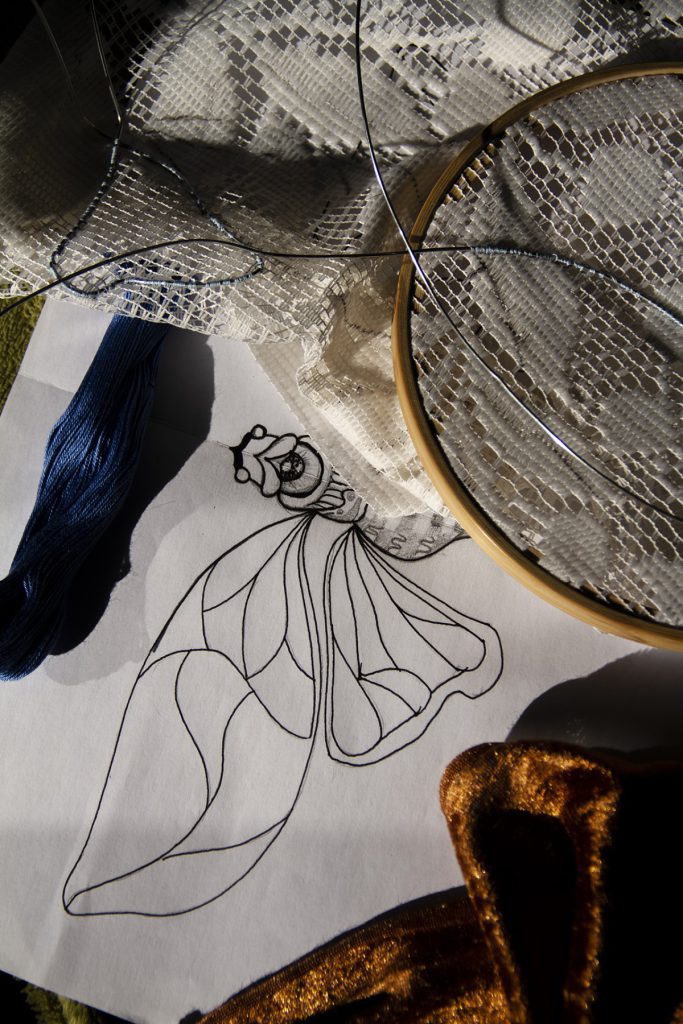
While working on the film, where did you draw your inspiration from?
I was inspired by the cycle of life and death and the beauty that resides in them.
In 2020 my aunt and my grandmother passed away. I was living in Germany and could not find a way to return to Ecuador and experience this loss with my family.
This difficult moment made me go back to my childhood memories and I remembered that my biggest fear as a child was to disappear. The mystery of death.
Then I realised that it was crucial for me to find an answer to those fears that haunted me again, but now I could face them as an adult.
I used art as a way to find answers, seek solace and make peace with this huge and dreaded subject that is part of our lives and that, as much as we try to avoid talking about it or facing it, it is there. I believe I found the answer that now allows me to face death with hope and love and not fear.
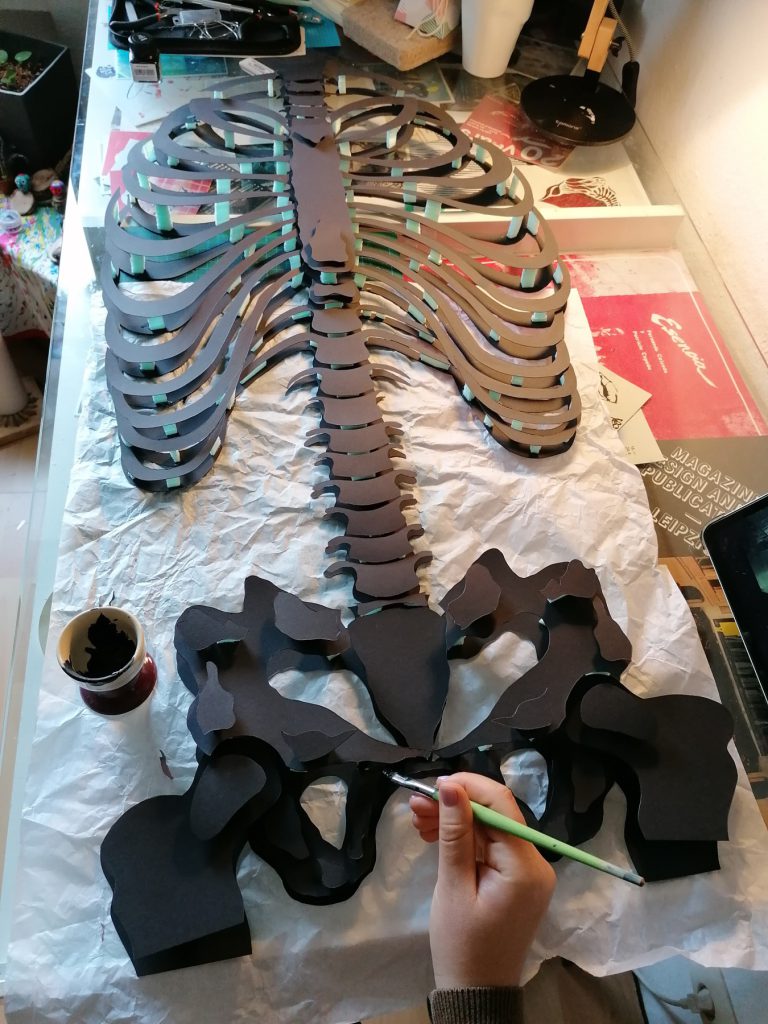
Next to filmmaking, what do you consider as your passions in life?
One of my passions is weaving. I feel that by knitting or weaving or using threads to join pieces together I am repairing myself and I find great comfort in this activity, also because I believe that manual work with threads and fabrics in general has the ability to provide warmth. It has with it the concept of embrace, company and home. One can, with or without a lot of knowledge, create pieces that shelter and support your body or the body of your loved ones. With yarns one can unite, repair and find meaning…
I feel that working with yarns resembles a ritual of emotional repair.
Does this influence your filmmaking?
Totally! and not only for the value of the manual work, but also for the meaning behind the creation of a fabric. The meaning of weaving stories and the sensitivity or instinct to find the threads that bind human stories and sustain us.
How did you first start working on your film? What was the process like and what first sparked the idea to make it?
The first thing that came to my mind was the main Character: “The Cicada” so I started making sketches and building it.
It was like a relationship I needed to establish with this character. I wanted the Cicada to tell me what she had to say and in this case she just wanted to sing.
Cicadas are fascinating insects. For most of their lives, cicadas are subterranean parasites that feed on tree root fluids. In spring, for three weeks, the older generation emerges from small tunnels in the ground and mates. Then the females lay their eggs on the leaves of the trees. The new generation drops hard from their nests in the trees like balls and buries themselves. The nymphs (young insects) remain underground from 2 to 17 years depending on the species. The cicada’s adult stage, which consists of singing and reproducing, lasts just a few weeks. They remain buried for years and years and then only live for a minimal portion of time.
The cicada’s life cycle has a profoundly melodramatic tone. It seems that their life is nothing more than a preparation to sing and die.
Tell us a bit about your film and the filmmaking process – what did it take to make your film?
It took me 3 years in total. I started with the emotional shock, then I realised that it would be a great opportunity to make a love letter to death and to my family and, at the same time, a good time to develop my bachelor thesis.
While building Cicada, I started writing many ideas that turned into a poem, which is the narrative part of the film. When these two were ready then everything started to flow and in this way I found elements that went well with the story, such as the music for example.
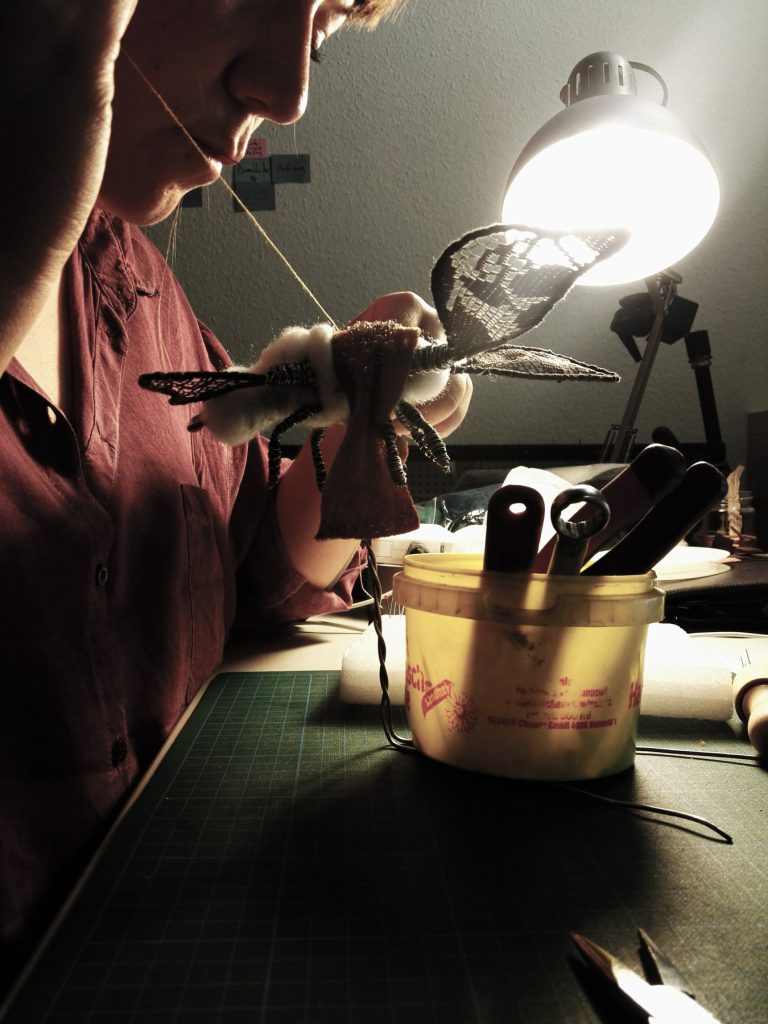
What were the biggest challenges you encountered during making your film?
I think the toughest challenges I had were budget and loneliness.
I struggled to create fluid movements and special lighting effects with very cheap equipment, but in the end those needs became a resilient way to produce and keep going because the most important thing I learned was to be creative in finding solutions with things I had at home. And the loneliness was also a challenge, because I animated most of the film at home when the pandemic started and because of COVID, I also moved to a small town in Germany, so it was a challenge to find new friends and to find moments where human contact was normal.
I feel that this also made me feel very close to my animation puppets and stop motion was the constant companion I had during that time.
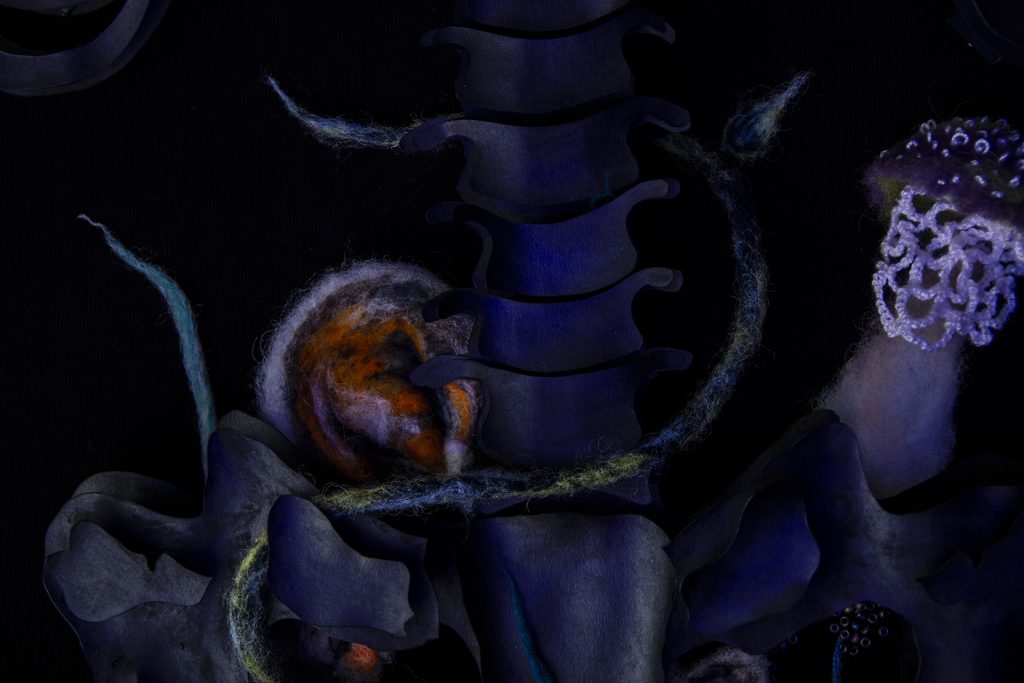
Can you share the most important lessons you learned through the process of making the film?
I definitely learned to trust myself a lot more. I constantly struggle with self-confidence and, while making the film, many people gave me their opinion and were very critical, something that I generally value a lot, the opinion of others is very necessary in the process of creating works that will be made to share with people, but I think there is an important moment when it is necessary to block out opinions and give yourself totally and sincerely to your personal process and instinct.
The fact that my short film is part of prestigious festivals in Germany and other parts of the world, and that it has won a couple of awards has definitely given me the confidence to be proud of myself, my effort and my ideas. I have learned to differentiate the bad ego from the healthy ego.
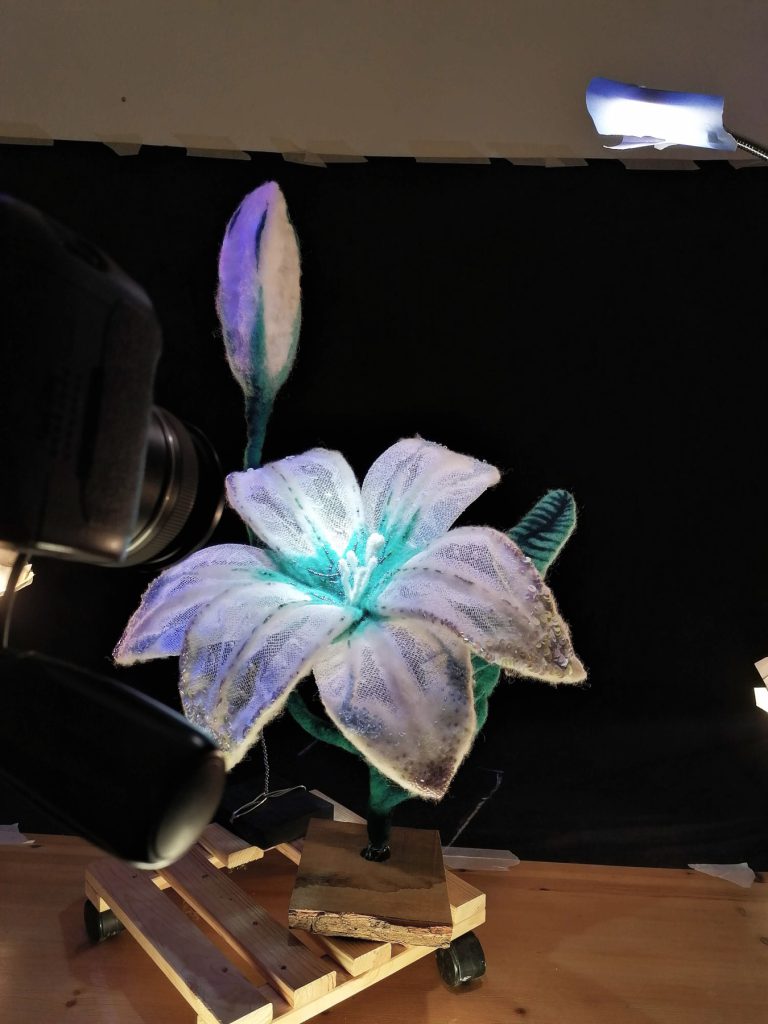
If you could go back in time to pre-production and give yourself one piece of advice, what would it be?
I think my advice would be:
– Make lists, calendars, organise yourself very very well.
– Don’t forget to take care of your health, especially your back.
– Trust your process.
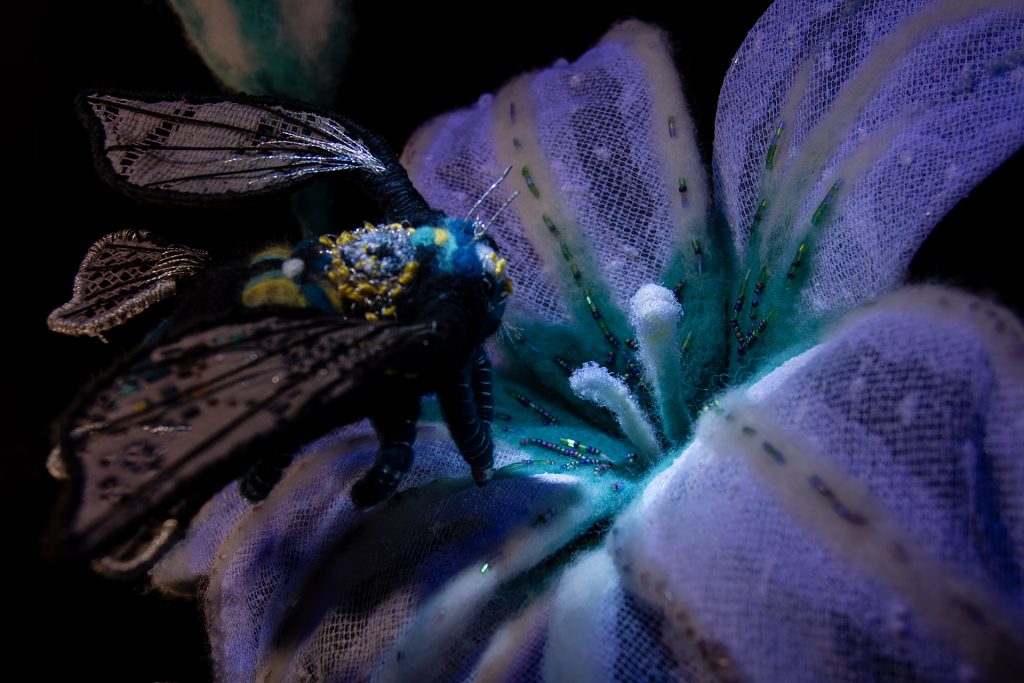
What was it like for you working with the actors you cast? Do you have a technique for directing actors you can tell us about?
My actors are my animated puppets, the light and the different materials I animate. I really appreciate that in stop motion animation the human body manages to transmit its energy to the objects and bring them to life by using time as a magical component. So, in a way, I believe that the animator is an actor who chooses to be present while trying hard not to be.
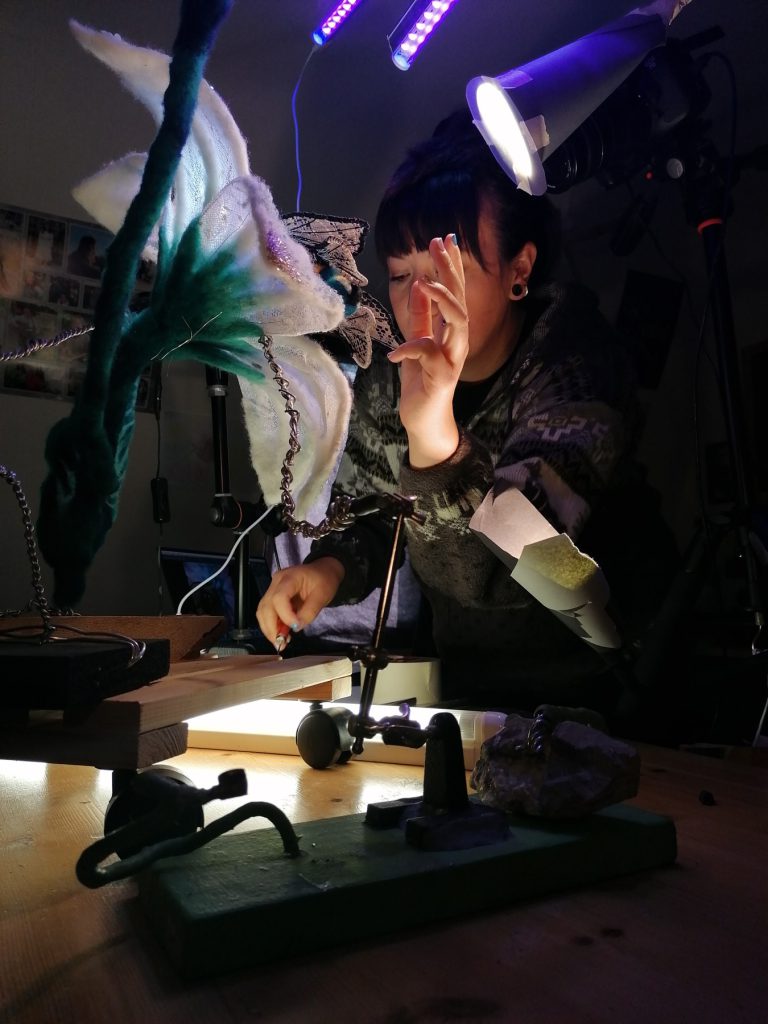
What would you like people to take away from your film?
I would like them to take away a sense of calm, peace and trust in the great mystery.
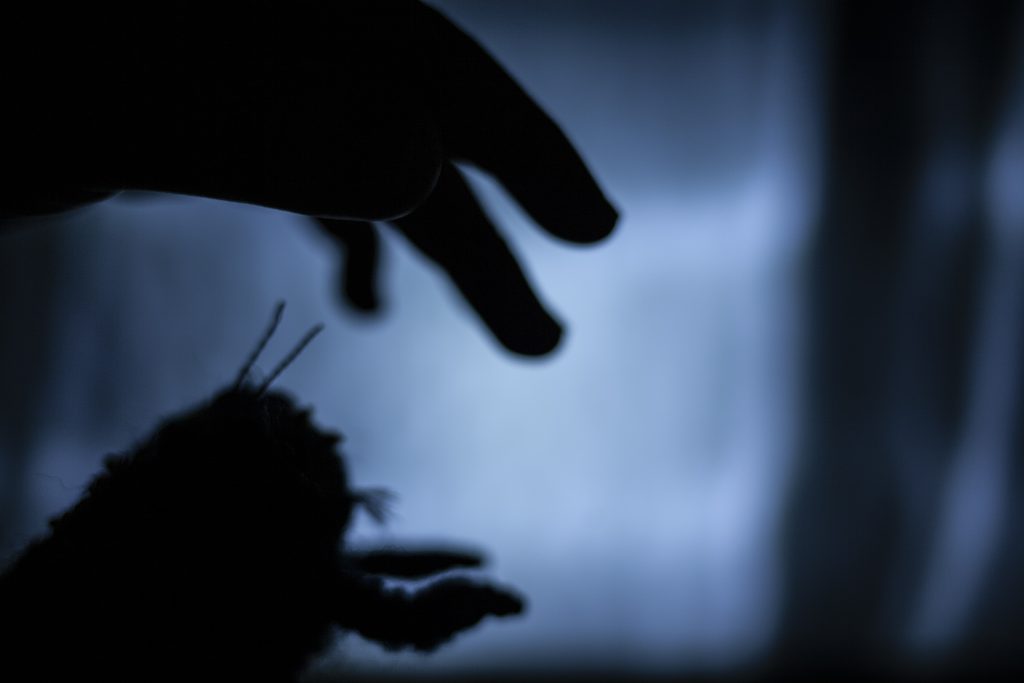
How does it feel for you, as an artist, to see your work being accepted to festivals and more?
I feel that I am in the right place at the right time. I feel that life is beautiful, generous to me and my family and that I will most likely be able to make a living from animation and cinema, which is what I dream and desire the most in my life.
How has the process of distributing the film been for you so far? What have you learned?
It has been complicated because I started distribution without really knowing what I was getting into. I have learned that distribution is really hard work and that it is important to have a serious and complete profile of the project before starting. Having everything filed and organised with dates is extremely important as well as being in contact with distribution agencies in the country where you reside because they have important tips and advanced knowledge that can save you a lot of time and frustration.
Learning to use Excel is very very important!
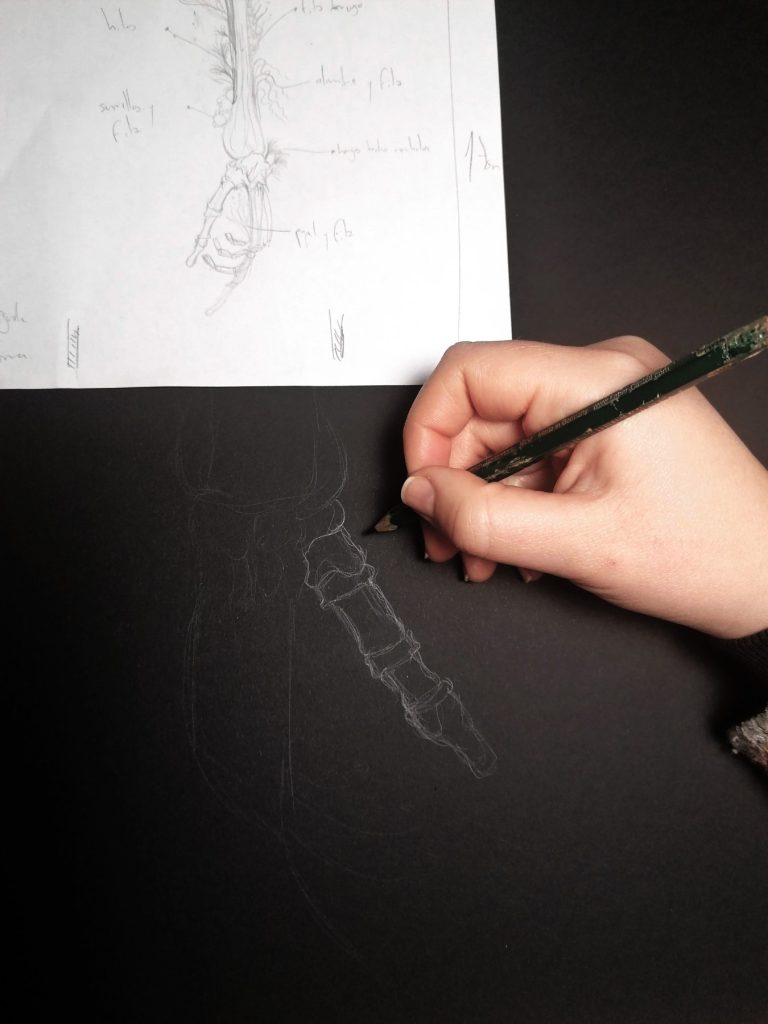
What do you wish you’d known before you began the distribution process?
Directing, animating and distributing everything by myself was very intense. Next time I would like to share responsibilities.
I would also have liked to know that it is possible to communicate with festivals and explain that I don’t have the resources to pay for full applications.
There are many festivals that offer discounts when you are a student or at the beginning of your career. So it is important not to be afraid and to send a lot of very kind and sincere emails.
What is the best thing you recently watched or experienced?
This is probably going to sound a little crazy but it really fascinated me and I have not been able to get this scene out of my mind: Two slugs mating! Has anyone seen it?
I was really impressed by this beautiful little scene happening in the middle of a huge field. Two slugs spinning slowly at the same time creating a perfect sphere and dancing to the rhythm of life. It was beautiful!
What are your plans and dreams for the future?
My plans are to continue working on animation projects.
I have two projects that are now in the conceptualization stage and I hope to get support for both to see the light someday.
My dream is that more Ecuadorians have the opportunity to dream and can live from their creativity. My country has a lot of culture and art but the social and political situation wears us down and it has been necessary for many to leave and pursue our goals and ideals in places far away from our land, but the dream is always to return with enough strength and skills to be able to provide jobs for others.
If you are a film industry professional and would like access to the catalogue and more, find out here how to sign up.
Filmmaker? Upload your short film to T-Port or sign up for our newsletter to get regular updates on the current trends and exciting innovations in the short film universe.
